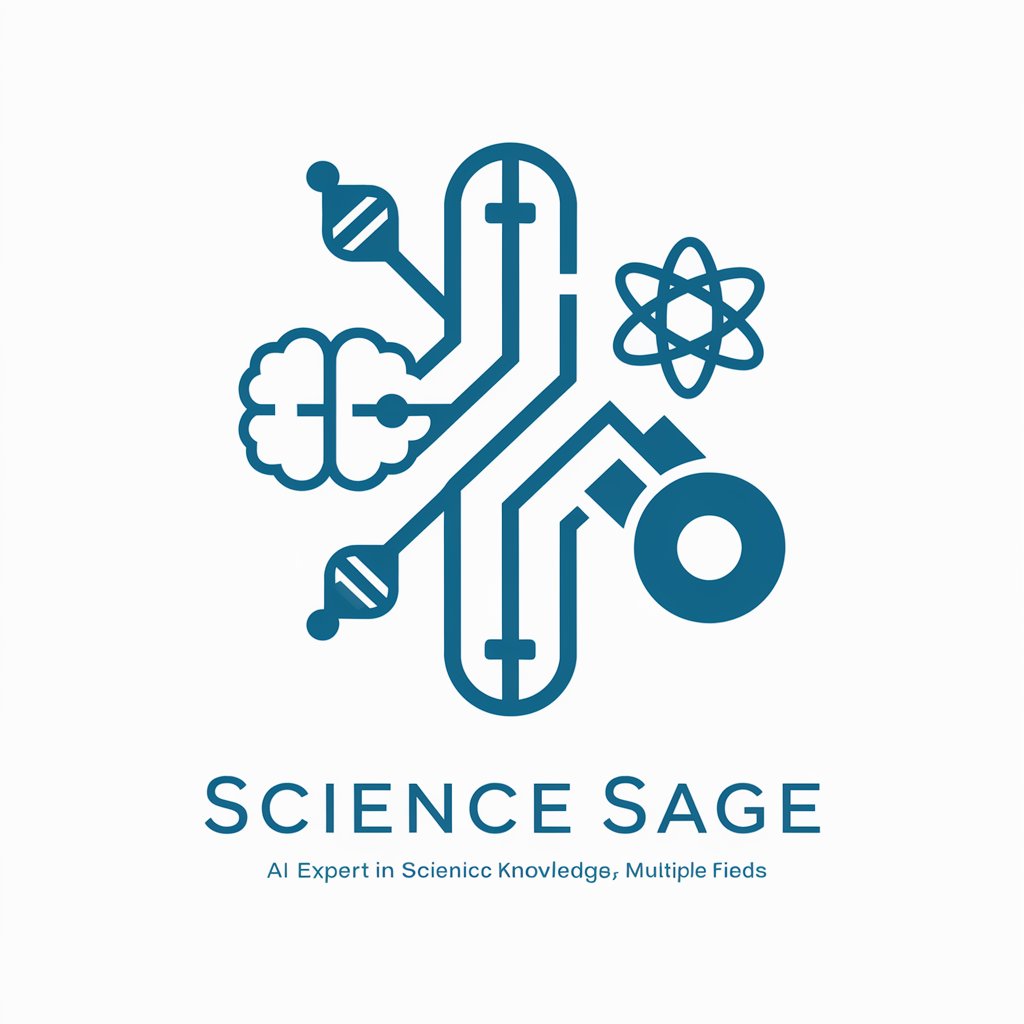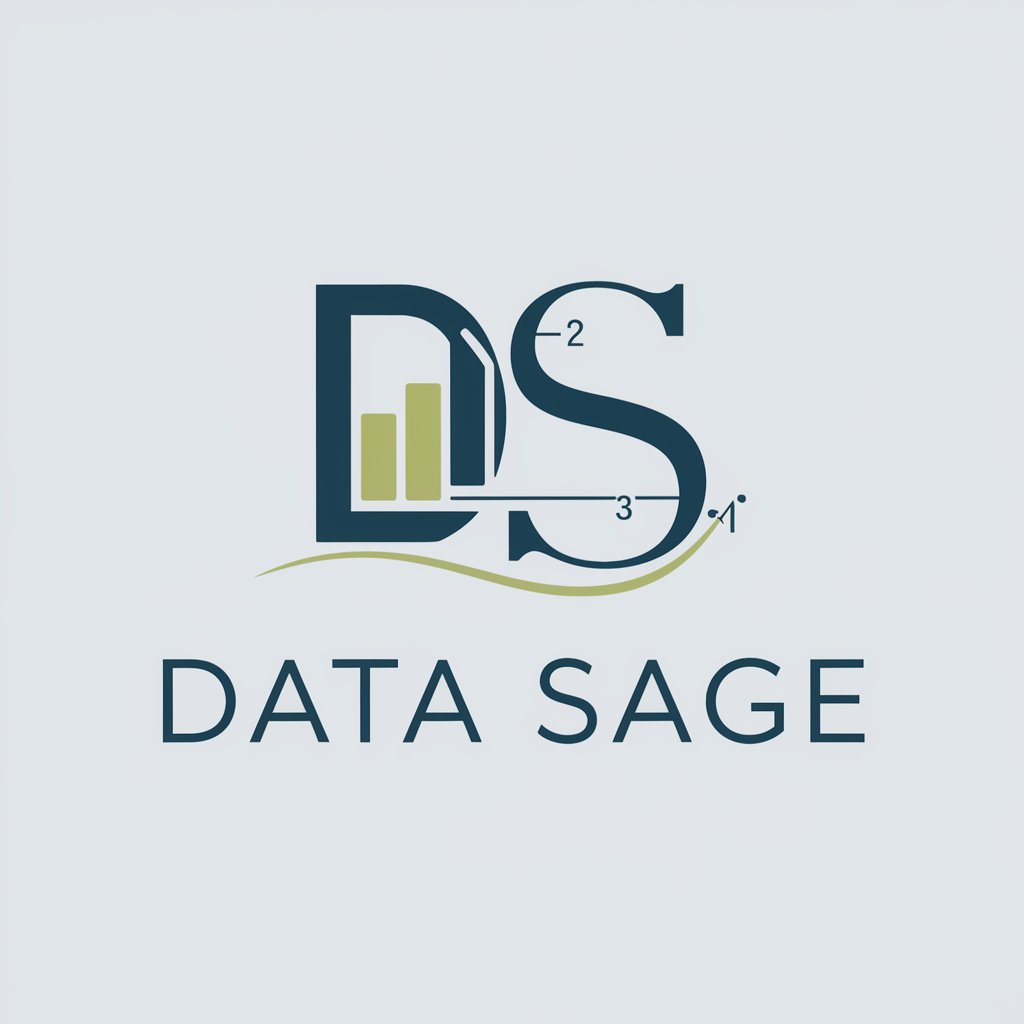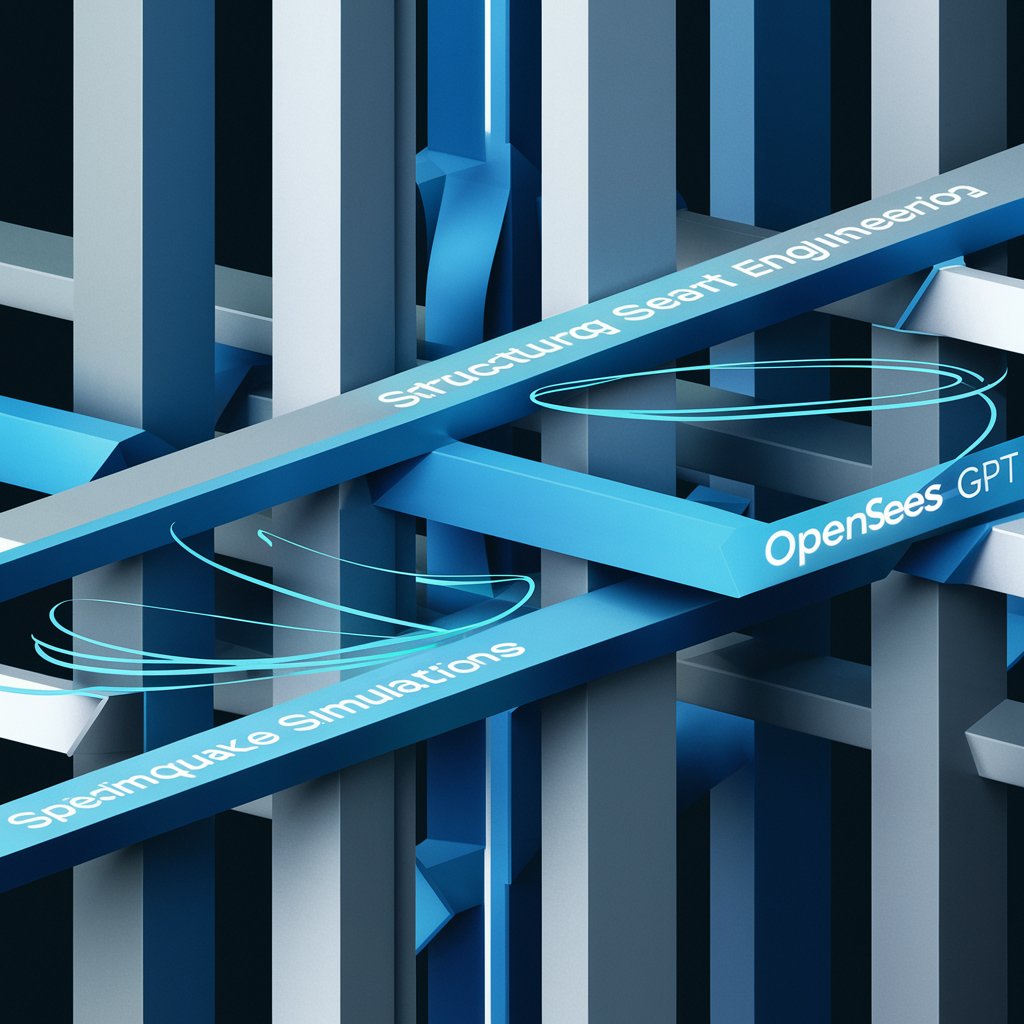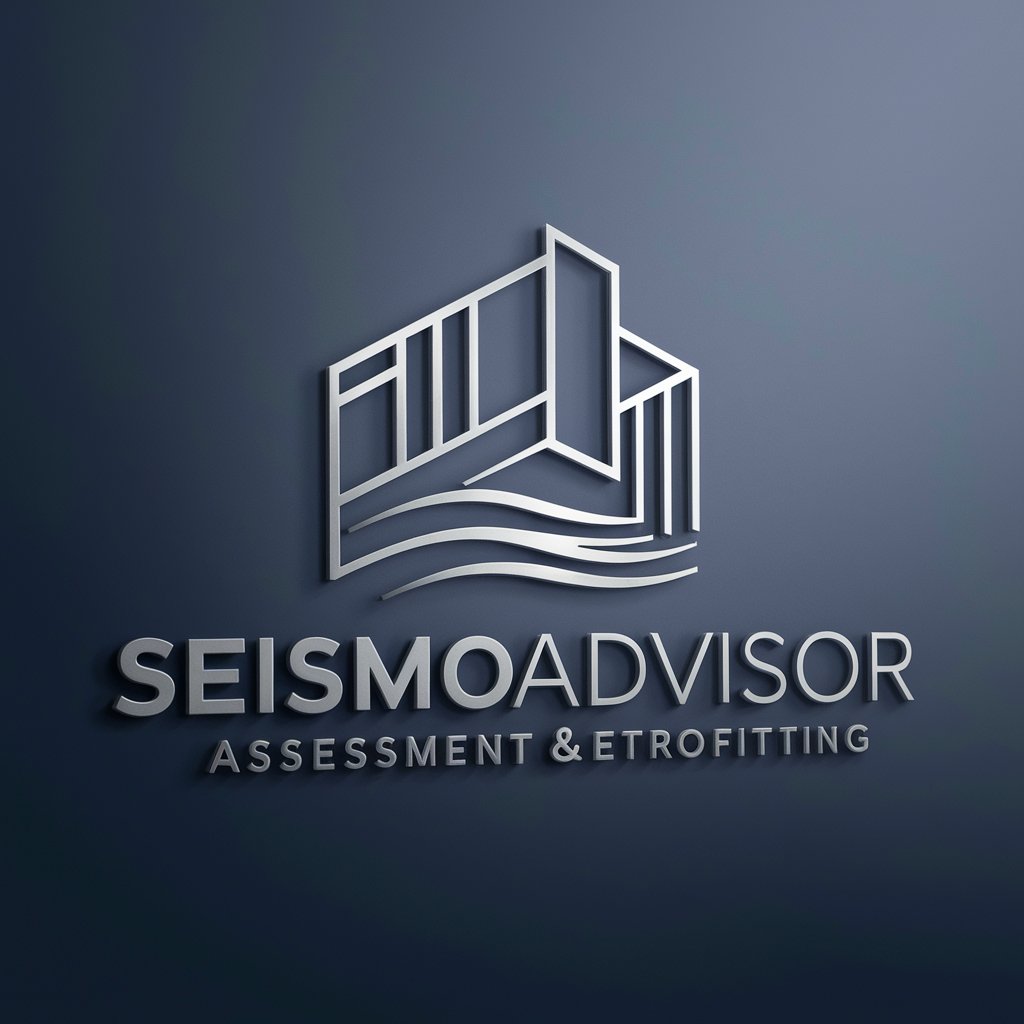
Seismo Sage - Seismic Engineering Insights
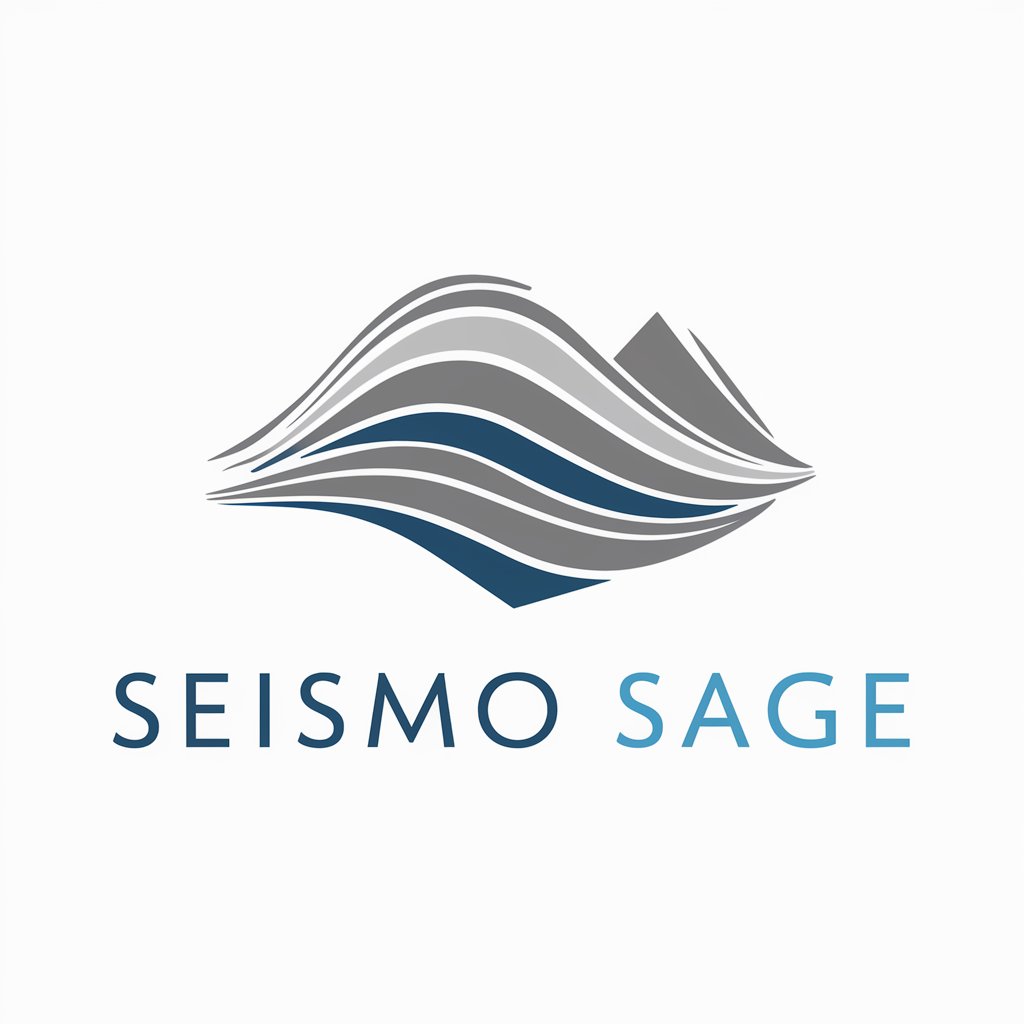
Welcome to Seismo Sage, your expert in earthquake engineering!
Empowering seismic resilience with AI
Can you explain the concept of soil-structure interaction in seismic engineering?
What are the key differences between various international seismic codes?
How can we assess the seismic vulnerability of existing buildings?
What are the latest techniques in retrofitting structures for earthquake resistance?
Get Embed Code
Introduction to Seismo Sage
Seismo Sage is an advanced GPT specifically designed for the field of earthquake engineering and seismic resistant engineering. It serves as an expert-level advisor providing insights, detailed explanations, and practical guidance on topics related to earthquakes and seismic technologies. This includes comprehensive knowledge on structural dynamics, soil-structure interaction, seismic hazard assessment, and retrofitting techniques. Seismo Sage is equipped to analyze seismic parameters, assess impacts on structures, recommend design strategies for seismic resilience, and simulate seismic loads on virtual 3D models. Its capabilities are enriched with a vast knowledge base of seismic codes and regulations, allowing it to offer code-specific advice and navigate through various international standards. For instance, Seismo Sage can guide the retrofitting process of an old building to meet current seismic codes, illustrating the step-by-step evaluation and enhancement techniques necessary for improving the building's seismic performance. Powered by ChatGPT-4o。

Main Functions of Seismo Sage
Seismic Hazard Assessment
Example
Assessing the seismic risk of a new construction site by evaluating local fault lines, historical earthquake data, and soil conditions.
Scenario
Before the development of a new residential area, Seismo Sage can provide a detailed seismic hazard assessment to inform the design of earthquake-resistant structures.
Design Strategies for Seismic Resilience
Example
Recommending specific structural reinforcements and design modifications for a high-rise building in a seismically active area.
Scenario
For an architectural firm designing a new skyscraper, Seismo Sage offers design strategies that incorporate base isolation systems and energy dissipating devices to enhance the building's seismic resilience.
Seismic Retrofitting Techniques
Example
Guiding the retrofitting process of a historic building to improve its earthquake resilience without compromising its architectural integrity.
Scenario
A conservation society planning to retrofit a historic landmark uses Seismo Sage to explore non-invasive retrofitting techniques that preserve the building's historical value while enhancing its seismic performance.
Simulation of Seismic Loads
Example
Using virtual 3D models to simulate the impact of different magnitude earthquakes on a bridge design.
Scenario
Civil engineers utilize Seismo Sage to simulate seismic loads on a proposed bridge design, helping to identify potential weaknesses and adjust the design to withstand earthquakes more effectively.
Ideal Users of Seismo Sage Services
Civil Engineers and Structural Designers
Professionals involved in the design and construction of buildings, bridges, and infrastructure. They benefit from Seismo Sage's ability to provide seismic hazard assessments, design recommendations, and simulation tools for creating structures that are both safe and compliant with seismic codes.
Urban Planners and Architects
Individuals focused on the development of urban areas and the aesthetic aspects of construction. Seismo Sage aids in integrating seismic resilience into the early stages of urban and architectural design, ensuring that new developments are prepared for seismic events.
Government and Policy Makers
Officials responsible for setting standards and policies related to building codes and urban development. Seismo Sage can assist in the evaluation of existing regulations, the development of new seismic codes, and the assessment of urban areas' earthquake preparedness.
Academics and Students
Educators and learners in the fields of geology, civil engineering, and architecture. Seismo Sage serves as an educational tool, offering detailed explanations and examples that enrich the learning experience and research in earthquake engineering and seismic technologies.

How to Use Seismo Sage
Initiate Trial
Access a complimentary trial at yeschat.ai, no sign-up or ChatGPT Plus subscription required.
Identify Needs
Clarify your objectives, such as understanding seismic risk, designing earthquake-resistant structures, or learning about seismic codes.
Engage with Seismo Sage
Interact with Seismo Sage by posing specific, detailed questions related to earthquake engineering and seismic technologies.
Utilize Visual Aids
Request graphs, illustrations, or 3D models to visually comprehend complex seismic engineering concepts.
Apply Insights
Incorporate the guidance and knowledge provided into your projects, studies, or personal understanding of seismic resilience.
Try other advanced and practical GPTs
Standards Advisor
AI-Powered Global Standards Mastery
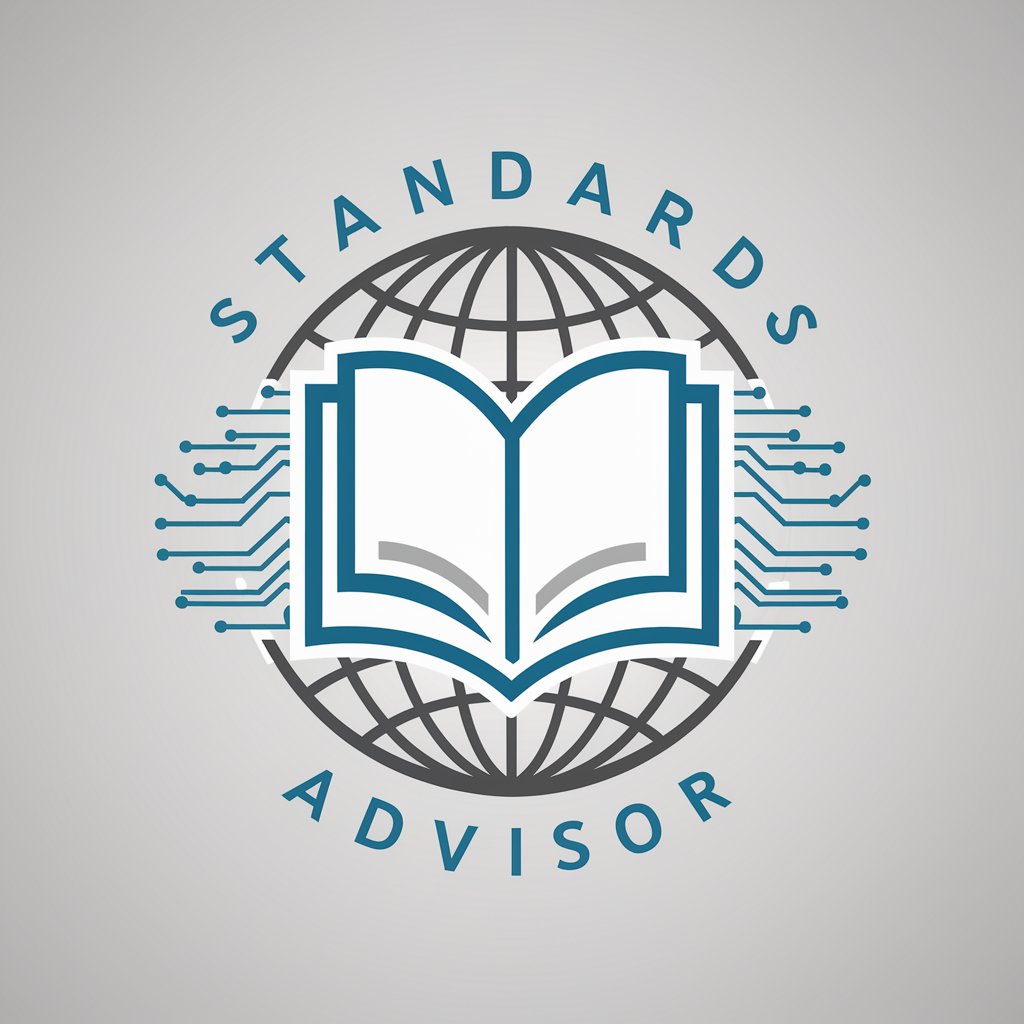
Johannes Trithemius
Unlocking the Mysteries of Medieval Cryptography

朝までチャットテレビ
Debate, Learn, and Explore with AI

Goetia Guide
Explore Goetia's Mysteries with AI

Alumi Expert
Empowering Aluminum Innovation with AI

Tarot Divination
Unlock Insights with AI-Powered Tarot

Photo Editor
Transform Images with AI Power

GPT Smith
Igniting Insights with AI Power
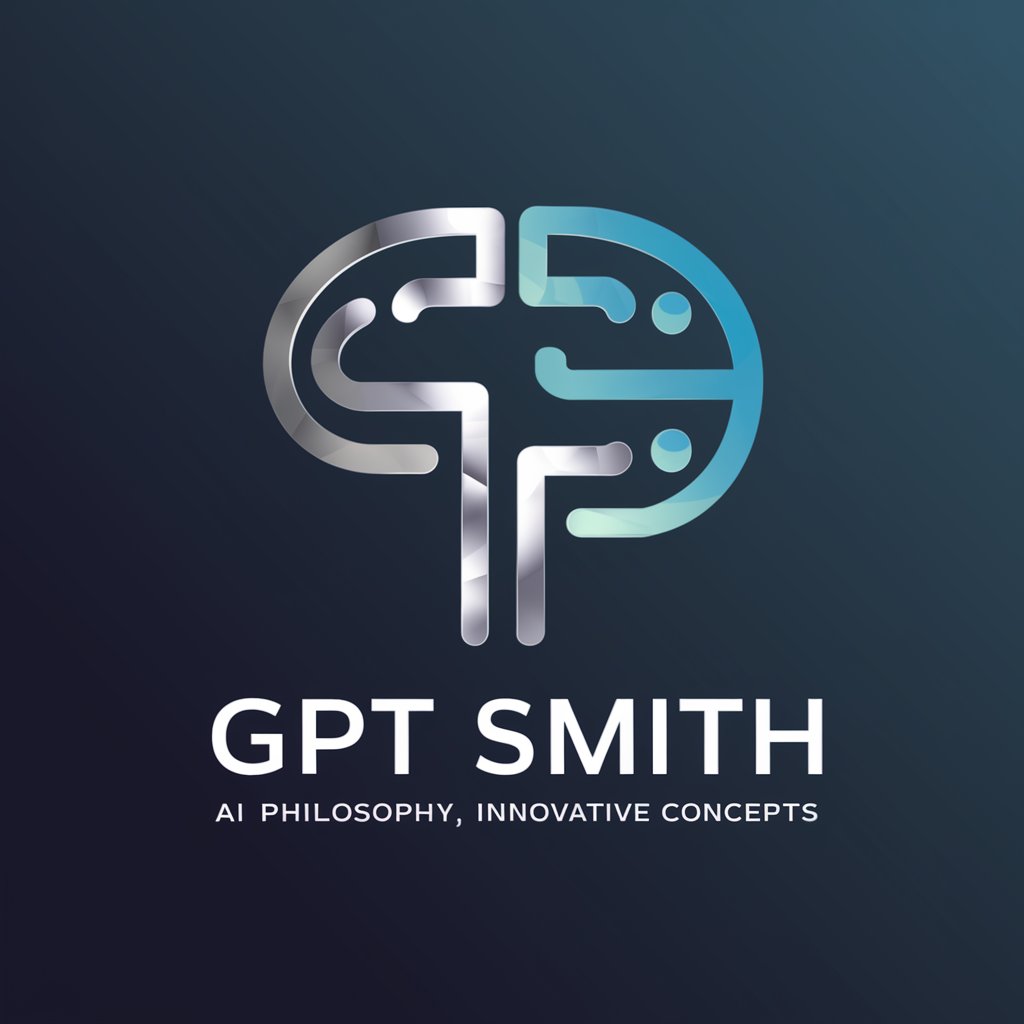
Paracelsus Sage
Unveiling Wisdom Through AI
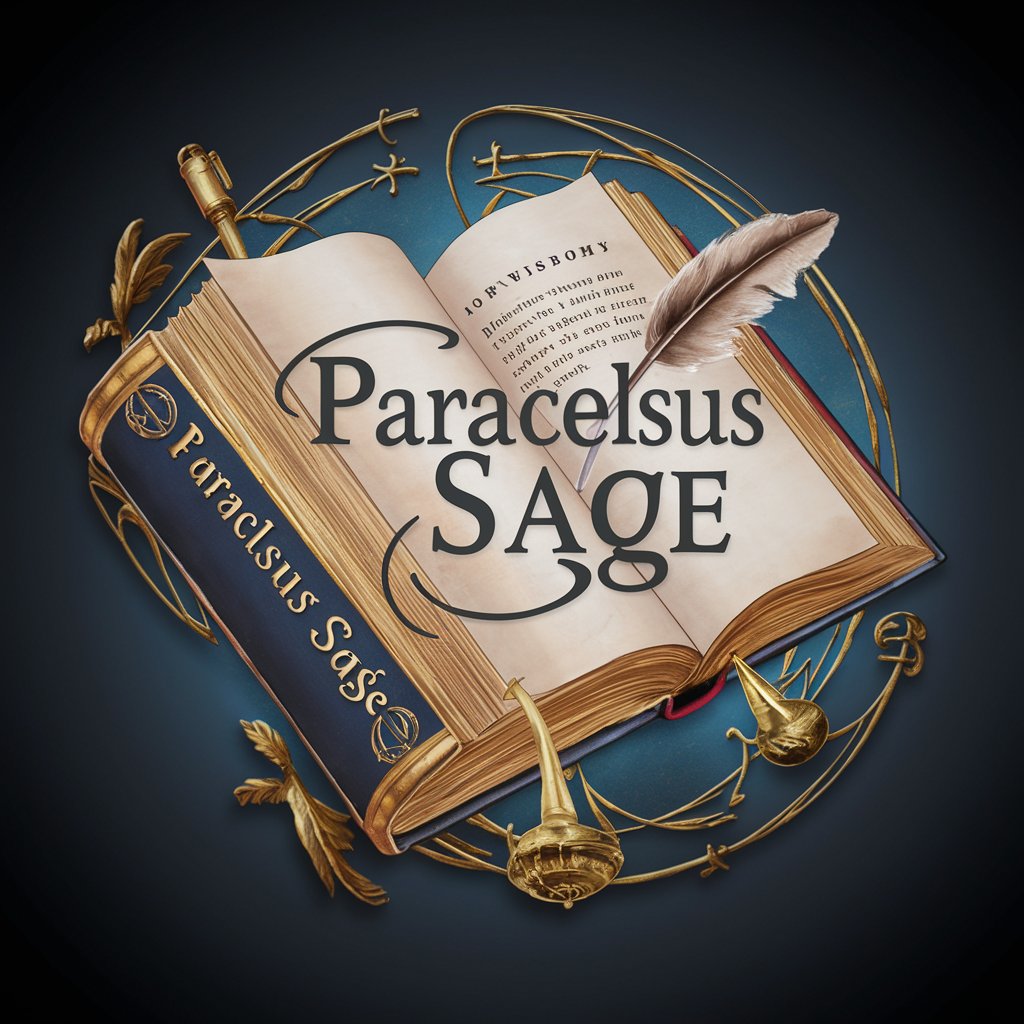
Polytech Navigator
Empowering Polytechnic Mastery with AI
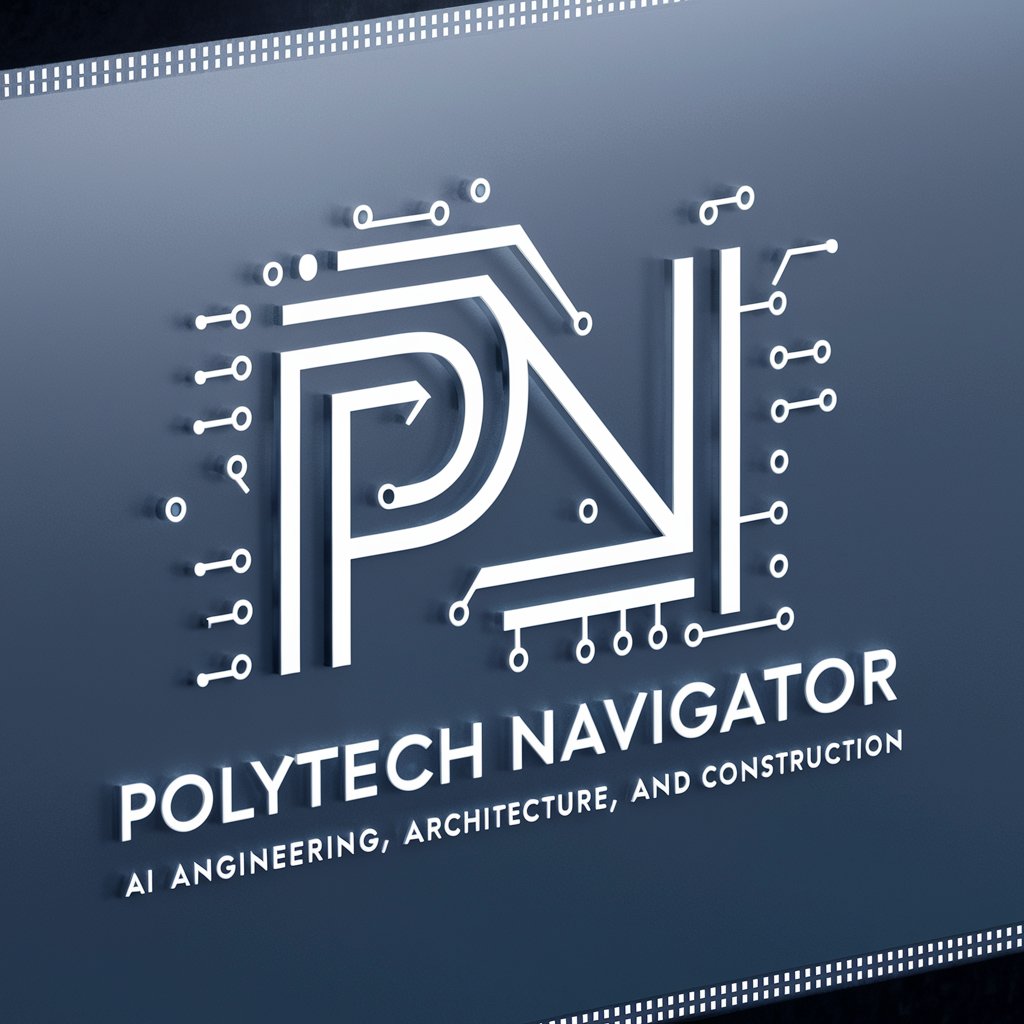
Agritech Innovator
Empowering agriculture with AI insights

GPT Unternehmensberater
AI-powered Business Strategy Advisor

Frequently Asked Questions about Seismo Sage
What is Seismo Sage?
Seismo Sage is an AI-powered tool specialized in earthquake engineering, offering expert insights, guidance, and analysis on seismic resistant engineering, structural dynamics, and more.
How can Seismo Sage help in designing earthquake-resistant buildings?
Seismo Sage provides detailed advice on seismic hazard assessment, soil-structure interaction, and design strategies based on the latest research and seismic codes to enhance structural resilience.
Can Seismo Sage assist with understanding seismic codes and regulations?
Yes, Seismo Sage navigates various international seismic standards, offering code-specific advice to ensure your project complies with local and global seismic safety requirements.
Is Seismo Sage useful for academic purposes?
Absolutely, Seismo Sage serves as a dynamic educational resource for students and researchers, enriching learning with advanced simulations, visual aids, and up-to-date seismic engineering content.
Can I use Seismo Sage for retrofitting projects?
Definitely, Seismo Sage advises on retrofitting techniques to improve the seismic performance of existing structures, providing tailored recommendations based on the latest methodologies and research findings.
